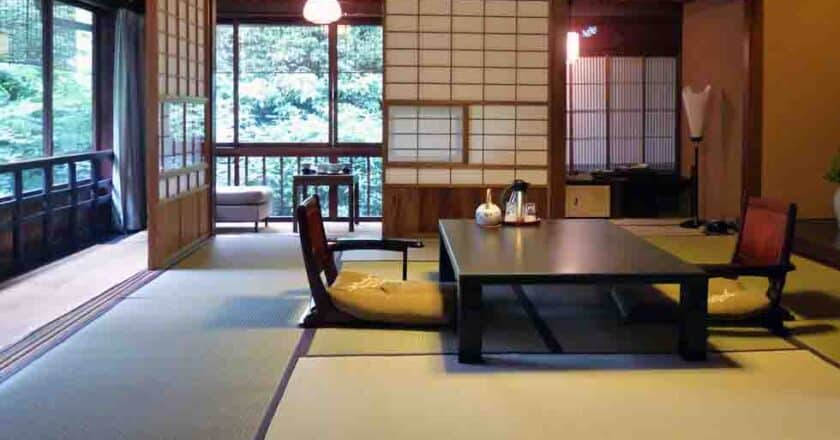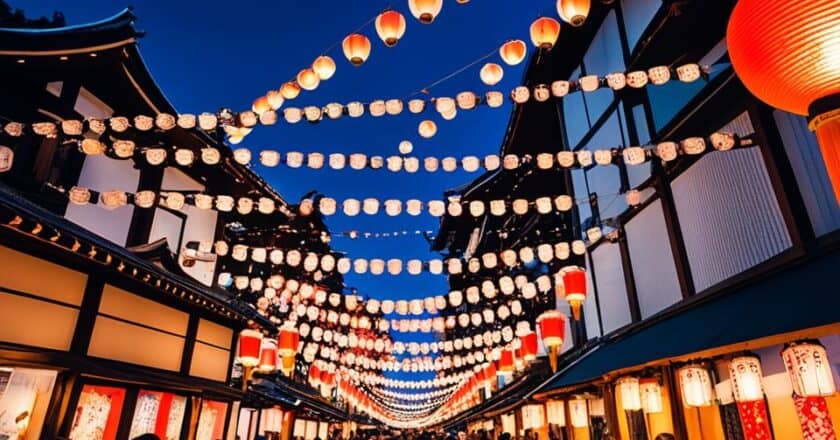Nishikigoi: The Art and Beauty of Ornamental Koi Fish
Nishikigoi, commonly known as koi, are a type of ornamental fish that have been selectively bred for their vibrant colors and distinctive patterns. Originating from Japan, these fish are a variety of the common carp (Cyprinus carpio) and are prized for their beauty and grace. Here’s a closer look at what makes Nishikigoi special: History and Origin The practice of breeding koi began in Japan over 200 years ago in the Niigata region. Initially, they were bred for food, but over time, farmers noticed natural mutations that resulted in unusual and attractive color patterns. These farmers started breeding the carp specifically for these traits, leading to the development of the koi varieties we see today. Varieties and Colors Koi come in a wide range of colors, including white,...










